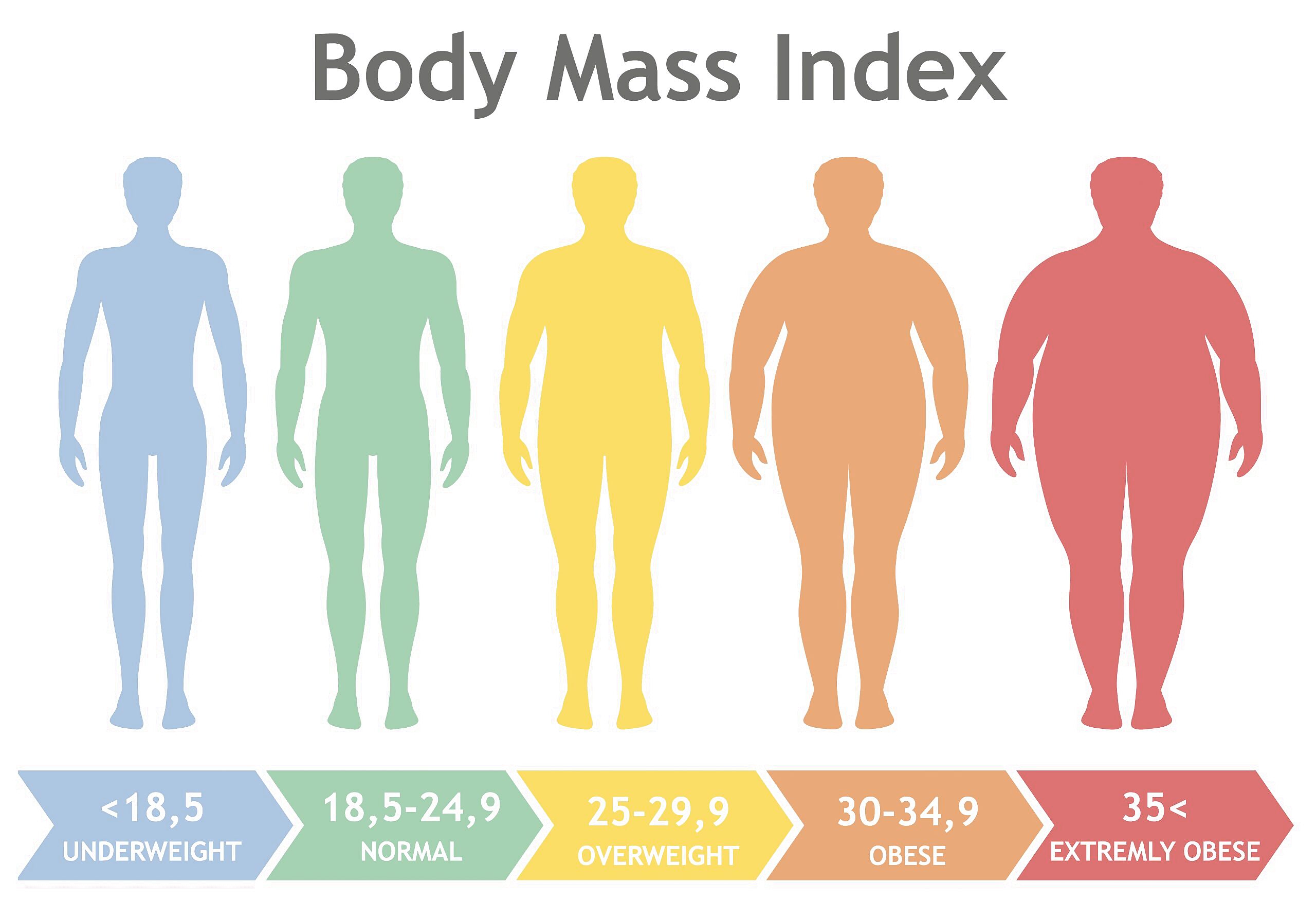
views
World Obesity Day, celebrated annually on March 4th, is a worldwide effort spearheaded by the World Obesity Federation in collaboration with its global members. This day serves as a rallying cry, advocating for a unified, multi-sectoral approach to combat the issue of obesity. Its objectives include raising awareness, fostering advocacy, enhancing policies, and exchanging insights on obesity-related issues.
This year, World Obesity Day adopted the theme “Changing Perspectives: Let’s Talk About Obesity And…,” with the aim of challenging misconceptions, dispelling stigmas, and fostering collaborative strategies to address obesity. The focus was on initiating important conversations and sharing real stories to increase understanding of the complexities of obesity and promote effective action.

Understanding Obesity
Overweight and obesity are defined by abnormal or excessive fat accumulation, which poses health risks. Individuals with a body mass index (BMI) exceeding 25 are considered overweight, while those with a BMI exceeding 30 are classified as obese. According to the World Health Organization, the prevalence of overweight or obese children and adolescents aged 5–19 years has surged more than fourfold globally, escalating from 4% to 18% between 1975 and 2016.
Risks associated with obesity
According to the World Health Organization (WHO), obesity represents a significant risk factor for numerous chronic diseases, including cardiovascular diseases, diabetes, musculoskeletal disorders, and certain types of cancer.
For instance, being overweight can predispose individuals to diabetes and its related complications, such as vision impairment, limb amputations, and the necessity for dialysis.
Moreover, obesity is linked to various cancers, including endometrial, breast, ovarian, prostate, liver, gallbladder, kidney, and colon cancer.
Childhood obesity is particularly concerning, as it is associated with a wide range of serious health complications and an increased risk of premature onset of related illnesses.
Without intervention, children and adolescents with obesity are likely to continue being obese into adulthood.
Prevention And Management
- Balanced DietA balanced diet plays a crucial role in reducing the risk of overweight and obesity. This involves decreasing the consumption of calories derived from fats and sugar while increasing the proportion of daily intake of fruits, vegetables, legumes, whole grains, and nuts.
- Physical ActivityEngaging in regular physical activity is crucial, with recommendations of 60 minutes per day for children and 150 minutes per week for adults.
- BreastfeedingExclusive breastfeeding from birth to 6 months of age has been shown to reduce the risk of infants becoming overweight or obese.
WHO highlights that, despite concerted efforts, no country has successfully halted the expansion of the obesity epidemic. The shift in global diets towards energy-dense foods rich in fat and free sugars, coupled with reduced physical activity levels, has contributed to the ongoing increase in obesity prevalence.
Addressing the fundamental causes of obesity and implementing effective prevention and management strategies are crucial steps in combatting this pressing global health challenge.

















Comments
0 comment